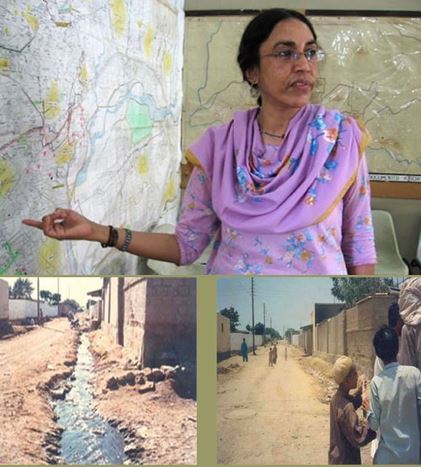Ben Wittes Relies on Obviously False Document to Claim Other Document False
For those coming from Wittes’ so-called response to my post, here’s my response to that response, which shows that Wittes effectively cedes the point that Fredman’s memo is dishonest.
In a post subtitled “Just Shut Up About Jonathan Fredman” (really!) Ben Wittes argues we should not hold former CIA Counterterrorism Center lawyer Jonathan Fredman responsible for paraphrases attributed to him in the Senate Armed Services Committee report on torture because Fredman wrote a memo claiming he didn’t say those things and because he’s a career official, not a political appointee.
Fredman is a personal friend of mine, but this is getting ridiculous. It’s one thing to hold political appointees responsible for the things they did, said, and wrote. It’s quite another thing to hold career officials accountable for things they didn’t say, do, or write.
Now, in point of fact, Fredman’s memo does not deny saying “if the detainee dies, you’re doing it wrong.” He says,
Those notes, which were misleadingly labeled by their author as “minutes,” to the best of my knowledge were never circulated for comment and contain several serious misstatements of fact. Those misstatements were then compounded by the false allegation at the hearing that the so-called minutes contained quotations from me; the first page of those so-called minutes themselves expressly states that “all questions and comments have been paraphrased” — and, I might add, paraphrased sloppily and poorly.
And,
I expressly warned that should a detainee die as a result of a violation, the responsible parties could be sentenced to capital punishment.
And,
I noted that if a detainee dies in custody, there will and should be a full investigation of the facts and circumstances leading to the death.
And,
I again emphasized that all interrogation practices and legal guidance must not be based upon anyone’s subjective perception; rather, they must be based upon definitive and binding legal analysis from the Department of Justice;
And, after specifically asserting the paraphrase about the Istanbul conference is inaccurate, Fredman concludes,
I did not say the obscene things that were falsely attributed to me at the Senate hearing, nor did I make the absurd comment about Turkey that the author similarly misrepresented. The so-called minutes misstate the substance, content, and meaning of my remarks; I am pleased to address the actions that I did undertake, and the statements that I did make.
Now perhaps Fredman includes “if the detainee dies, you’re doing it wrong,” in his reference to “obscene things,” but he doesn’t specifically say so.
Funny, isn’t it? That a lawyer would write a 6-page memo purportedly denying he said something really outrageous, but never get around to actually denying the statement in question, even while specifically denying another one?
Yet Wittes tells us to shut up shut up shut up about his friend, based on that non-denial denial.
Now, in a twitter exchange about Fredman, Wittes assured me he read both the SASC report and the OPR report on torture. So either he’s a very poor reader, or he doesn’t want to talk about how disingenuous it has since become clear Fredman’s memo was.
The rest of the memo is, by itself, proof that Fredman misrepresents his own actions relating to torture.

